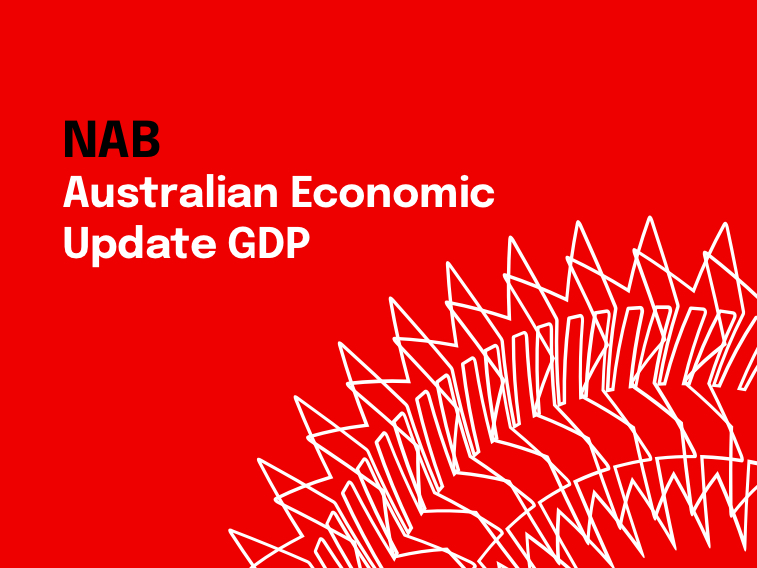Consumers lead the way


Insight
The NAB Residential Property Index rose 3 points to +23 in the March quarter 2018 and remains well above its long-term average (+14).

The NAB Residential Property Index rose 3 points to +23 in the March quarter 2018 and remains well above its long-term average (+14).
“But the overall result is masking an ongoing shift in sentiment across states” NAB Chief Economist Alan Oster said.
It fell further in NSW and Victoria, driven down by weakening house prices, and was also lower in SA/NT.
Sentiment towards the housing market in WA however rose strongly and recorded its first positive read since early-2014. It also continued to strengthen in Queensland.
Overall confidence levels were broadly unchanged, but have risen strongly in WA and softened in NSW.
“Survey house price expectations are mirroring these trends” said Mr Oster.
Property experts are predicting bigger house price falls in NSW and have scaled back their outlook for Victoria.
But they are much more bullish in WA, with stronger growth also expected in Queensland.
Among other key survey findings, the market share of first home buyers climbed to new survey high, but that of resident investors hit a new low.
According to Mr Oster: “Recent efforts by state governments to improve housing affordability is helping first home buyers, especially in Victoria and NSW, but the APRA inspired crackdown in investor lending is hurting investors.”
Surprisingly, there was a small increase in the share of foreign buyers in new property markets after having fallen to a 6-year low in the previous quarter. This was led by NSW and WA.
“Property experts also continue to tell us that credit access is still the biggest constraint on new housing development in the country and the biggest impediment for buyers of existing property” Mr Oster said.
But concerns over interest rates are growing.
“We’re not surprised given NAB’s own view is that interest rates will start rising gradually from late-2018, albeit with the risk this could be delayed until 2019” said Mr Oster.
NAB’s view for 2018 now has a small fall in house prices in 2018 (now -0.8% was +0.7%). This is largely related to continuing weakness in the Sydney market (-3.4%) and a softer Melbourne market (+0.1%) with little improvement now expected during 2018.
According to Mr Oster: “Looking forward it’s hard to see a near term rebound in Sydney and Melbourne house prices, especially given consumer concerns over the cost of living and high levels of household debt.”
“Strong performances in Tasmania and to lesser extent in regional areas, along with higher confidence in the West and Queensland won’t offset the aggregate effects of lower prices in Sydney and Melbourne. Nor will increased first home owner demand fill the gap” added Mr Oster
For 2019, our house price forecasts remain broadly unchanged at +0.8% with only Sydney expected to fall (albeit modestly).
Apartment forecasts are also broadly unchanged (-0.8% in 2018 & -1.8% in 2019) reflecting large stock additions and softer outlook for foreign demand.
For 2019, weakness will likely be concentrated on the Eastern seaboard – with apartment prices expected to fall in Sydney, Melbourne and Brisbane.
“Naturally, any additional changes to government or prudential policy to address affordability or financial stability concerns are likely to have an impact on these forecasts” said Mr Oster.
About 300 property professionals participated in the Q1 2018 survey.
For further information, please see the attached documents:
© National Australia Bank Limited. ABN 12 004 044 937 AFSL and Australian Credit Licence 230686.